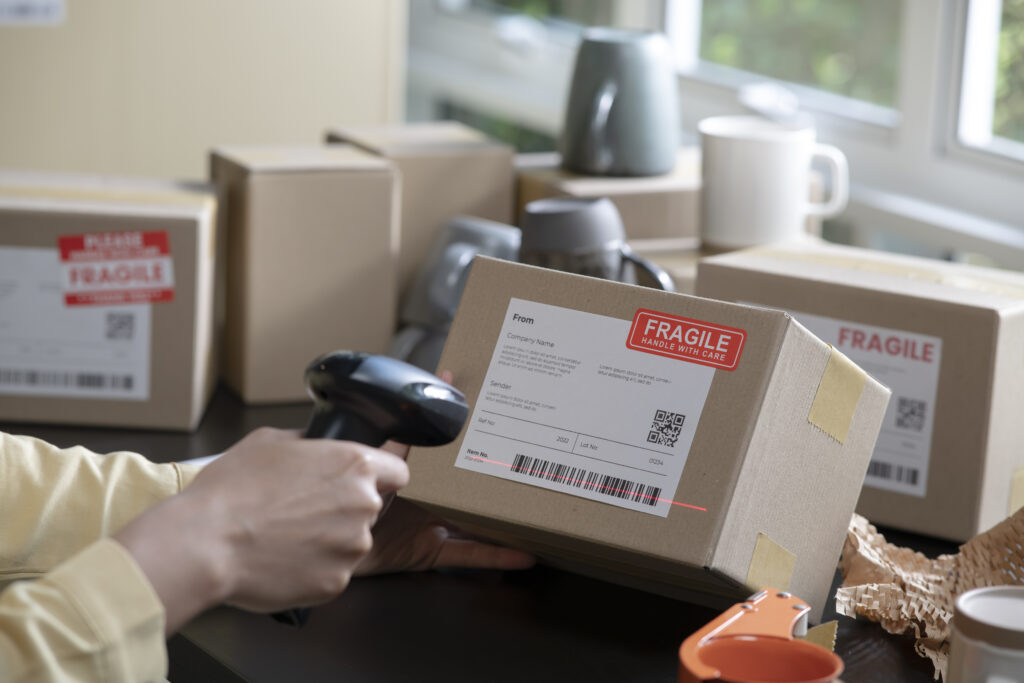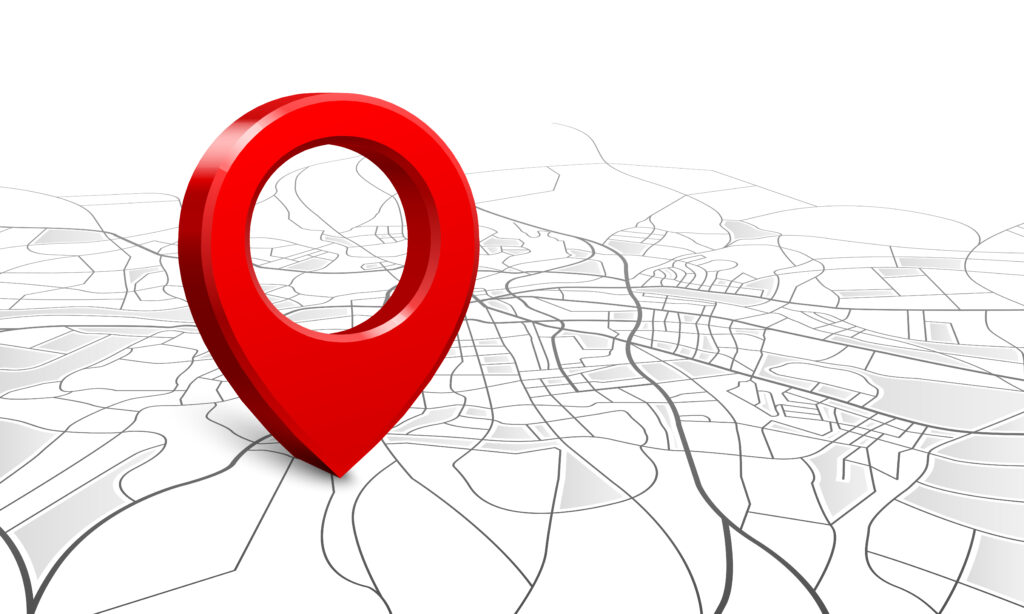Technology is the future of logistics
Technology is the future of logistics as it is pushing the envelope and transforming the way people do business around the world. We’ve grown accustomed to having everything we need available online and at our fingertips. Depending on where you live, you can have a box from Amazon, the world’s first fast-paced delivery service, in less than an hour. In addition, improved technology has increased supply chain productivity, minimizing costs and reducing errors. Trucking transportation, international air transportation, international ocean transportation, supply chain management, and shipment tracking all benefit from these advancements. The logistics industry’s future is being shaped by five main technological advancements.
Customers used to book goods, receive an anticipated delivery date, and then be left in the dark unless they called. Customers may now access shipping and tracking systems 24 hours a day, 7 days a week, thanks to developments in the internet and software. Not only does this improve the user experience, but it also saves the company time and money.
Connectivity

Did you ever imagine being able to turn on your ceiling fan from your smartphone a few years ago? From cell phones to ceiling fans to automobiles, many items now have built-in Wi-Fi and sensor capabilities. The Internet of Things is named after the easy availability to Wi-Fi and the internet that connects everyone to everything. The Internet of Things is giving the supply chain a lot of new possibilities, such as lowering costs and delays by minimizing hazards. Sensors are installed in cabs, cargo ships, trains, and other vehicles and connect to a monitoring and tracking system or dispatcher. These sensors collect data and relay it to the crew, who subsequently obtain knowledge and insight into concealed dangers. Despite the fact that the Internet of Things is not a new technology, it continues to have an impact on the future of logistics by enabling more precise in-transit visibility and delivery of goods.
Radio Frequency Identification

RFID (Radio-Frequency Identification) technology, which has been in use for a few years, is a popular labor-saving method of inventory tracking. The goods is fitted with a tag or sensor, and radio waves are broadcast. The company then receives and processes the information. Barcodes are similar to RFID tags; however, RFIDs are more enticing to businesses and the way technology is evolving because of their greater speed of information delivery and data processing. Many organizations are now utilizing RFID tags to track containers in their distribution centres. RFID tags are already being used in other industries, such as the garment industry and big theme parks.
Drones

A world in which a computer takes you from point A to point B or where you get a delivery from a flying unmanned aerial vehicle sounds like something out of a science fiction film, but it’s exactly where we’re headed. Self-driving vehicles are already a reality, and trucks aren’t far behind. Embark and Uber have previously completed lengthy hauls with self-driving trucks, and Tesla is expected to release one this year. While it wasn’t totally driverless, with a driver in the passenger seat monitoring the computer, it was a significant step forward in this groundbreaking technology and has the potential to improve delivery efficiency.
Amazon Prime Air, a future in which packages are delivered directly to your doorstep by drones, has been announced. Drone deliveries are still a few years away due to regulatory requirements and associated costs, but the prospect of not having to wait for a parcel for four hours is tempting.
GPS

The days of printing directions from a computer screen before leaving the house are long gone. Almost everyone now has GPS, whether it’s incorporated into their car or on their phone. The accuracy of these gadgets has steadily improved over time, benefiting both frustrated and lost drivers and the supply chain as a whole. By tracking trucks’ positions and boosting hauls through access to updated traffic data, GPS’s superior precision enables increased production and delighted consumers.
Social Media

Every day, who doesn’t check some form of social media platform? The logistics business and operations as a whole are being optimized thanks to the power of social media. These platforms are increasingly becoming the simplest and most efficient way for businesses to engage with customers, allowing them to instantly relay urgent information, industry news, and client comments. According to Hootsuite, 59 percent of Americans who have a social media account feel that social media customer care has made it easier to resolve queries and concerns. We use a variety of venues at Fast Logistics to communicate with our customers, including LinkedIn, Facebook, and Twitter.
Keeping up with the latest technologies is essential to being competitive and increasing productivity. The logistics business has benefited greatly from recent technological advancements and will continue to thrive as new innovations are achieved. For years to come, technological advancements will continue to push the frontiers.








